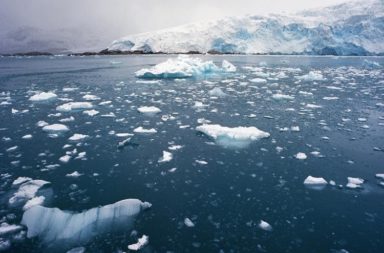India is both a major greenhouse gas emitter and one of the most vulnerable countries prone to climate change. The country is already experiencing changes in climate through water shortage, heat waves and drought, severe storms and flooding, and associated negative consequences on health and livelihoods. India’s average temperature has already increased by around 0.7 degree Celsius during the 1901–2018 period due to greenhouse gas emissions and by the end of 21 century it is expected to rise by approximately 4.4 degree Celsius (relative to 1976–2005 average, in the worst-case scenario), the intensity of tropical cyclones to increase substantially and sea level to rise by 30cm by the end of this century, as compared to the recent 2-3 decades. These are the warnings that feature in the first-ever climate change assessment report ‘Assessment of Climate Change’. The report has been prepared by the Union Ministry of Earth Sciences (MoES) and edited by scientists of the Indian Institute of Tropical Meteorology.
As per the report, sea level in the North Indian Ocean (NIO) is projected to rise by approximately 300 mm relative to the average over 1986–2005 period. Rise in temperature is playing havoc with India’s rainfall which is significant for India’s agriculture sector on which millions are dependent. The report noted that the seasonal monsoon rains during the June-September months, which contribute to more than 75% of the annual rainfall (vital for India’s agriculture and economy), has declined by around 6% from 1951 to 2015, with notable decreases over the Indo-Gangetic Plains and the Western Ghats. According to another report, the average temperature of Earth is still around 15 degrees Celsius, although geological evidence suggests that it has been very high or low in the past. Since the last few years, there has been a sudden rapid change in the climate, due to which the summers are getting longer, and the winters are shorter.
The report concludes that the average temperature of the earth will increase by 1.5 – 4.5 degree Celsius, due to which the melting of the poles will raise the sea level. Around 250 million people living in the hot regions of South Asia will face severe heat, drought, and excess rainfall. At the same time, most of the embankment agricultural land will be submerged.





